ESTEBAN VICENTE



Elaine de Kooning once wrote in ArtNews that Vicente’s work is “caught midway in an attitude of surprise, like [poet] Marianne Moore’s ‘real bird in a painted tree.’” That element of the unexpected, perhaps a vestige of Vicente’s documented anarchist nature from his military upbringing, is as evident here in the late work as it is in the work from the sixties. Electric oranges glow from muted, near-muddy sea of taupe that reads instead as a warm terracotta, as in Untitled (1991). Viridian emerald erupts from an earthy haze in Siva (1960), the color play drawing the eye on a treasure map with pauses in cornflower blues, deep umber and wheat-gold.
of his life. Vicente maintained a lifelong daily painting practice and always painted in the natural light of his studio. His work was focused around a particular idea about light and space and color which he cultivated early and never abandoned.
exists in the world which is the great, great tradition; and to be able to bring it to today somehow.”
Often working from studies in collage, Vicente’s typically vibrant oil paintings reveal an ever-evolving inquiry into abstraction that took place over the course
Esteban Vicente was born in 1903 in the small Castillian town near Segovi of Turégano, Spain. His father served in the Civil Guard, a police force in the Castile region and was an amateur painter who took the young Vicente with him on visits to the Prado Museum. As an anarchist whose father was an army man who expected his son to follow him into the military, Esteban followed nobody. In 1918, Vicente entered military school, but left after three months. “Prepare yourself,” his father
"AlwaysinmetheideareallyisthatwhenIlook at paintings I disregard whether they belong to this movement or the other movement,any movement..."
"...I try to relate what I see to what to me is fundamental, which is to have something that is timeless and is related to this big thing that

warned, when Esteban declared his ambition to paint, a career his father perceived to be far more dangerous than the army. “You are going to suffer,” he said.
At fifteen years old, Vicente began at the School of Fine Arts of the Real Academia de San Fernando in Madrid in 1921. As a young man living in Madrid, Barcelona, and Paris, he developed friendships with artists and writers. In 1928, he had his first exhibition with Juan Bonafé at the Ateneo de Madrid. Vicente left Europe for New York City in 1936 in the wake of the Spanish Civil War. The United States would become the artist’s permanent home, and he was greatly influenced by the peace of his Bridgehampton farmhouse with his studio in the converted barn and his garden full of colorful flowers.
The nuances of color are almost always the primary communicators in his work. Inspired by frequent childhood trips to the Prado, Vicente knew from an early age that he’d like to be an artist. Often described as elegant and mannerly, Vicente was a central member
of the Abstract Expressionism’s first generation of artists. Vicente found comradery and friendship in other great painters such as Jackson Pollack and Willem de Kooning in his illustrious six decade career and was sometimes spied with them at the legendary Cedar Bar, a Greenwich Village haunt of artists. He was a member of the New York School of painters and is the namesake for PS 107X: The Esteban Vicente Early Childhood School in the Bronx. His biographer, Elizabeth Frank, quotes him this way: “Always in me the idea really is that when I look at paintings I disregard whether they belong to this movement or the other movement, any movement. I try to relate what I see to what to me is fundamental, which is to have something that is timeless and is related to this big thing that exists in the world which is the great, great tradition; and to be able to bring it to today somehow.”
Esteban Vicente helped organize and participated in the famed 9th Street show, an historic invitational held
in Greenwich Village in 1951 that solidified Abstract Expressionism in the U.S. art canon. He was the artist in residence at Princeton University, and the Honolulu Academy of Fine Arts.
Over the course of his career, Vicente served on the faculties of many leading universities, including: the University of California, Berkeley, in 1954 and 1958; New York University, 1959–1969; Yale University, 1960–1961; the University of California, Los Angeles, 1962; and Princeton University, 1965–1966 and again 1969–1972. The prize-winning American poet John Ashbery once praised Vicente as being “admired as one of the best teachers of painting in America.” He taught master classes at New York Studio School and Parsons School of Design.
scale assemblages showcasing his talent as both a painter and a sculptor. His work is in major public and private collections around the world, including the Metropolitan Museum of Art, Museum of Modern Art in New York, Tate Modern, and the Reina Sofia in Madrid, to name a few.
At the end of his life, the Museo de Arte Contemporáneo
Esteban Vicente, a museum in his honor, was opened in Segovia by the Spanish government. Vicente attended the museum’s opening in 1998. Vicente died at the age of 97 in 2001 in Bridgehampton, NY, ten days before his 98th birthday. He had a long and prosperous career, living and working with multiple generations of artists and painting well into his 90s at his home in Bridgehampton.
In 1991, Vicente received the gold medal in Fine Arts from King Juan Carlos and Queen Sofia of Spain at the Prado Museum. In 2011, the Grey Art Gallery at New York University organized a career retrospective featuring collages, paintings and small-
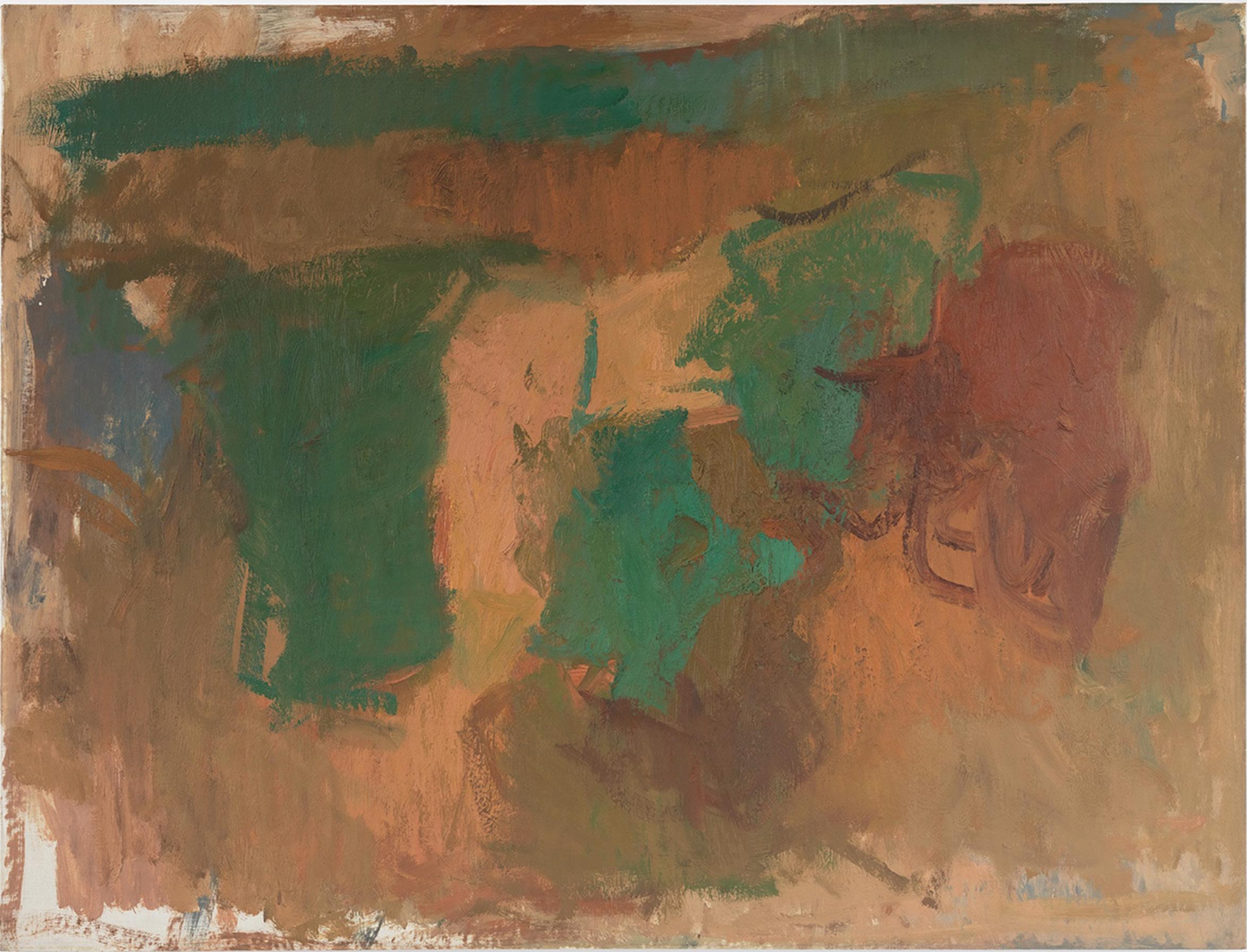

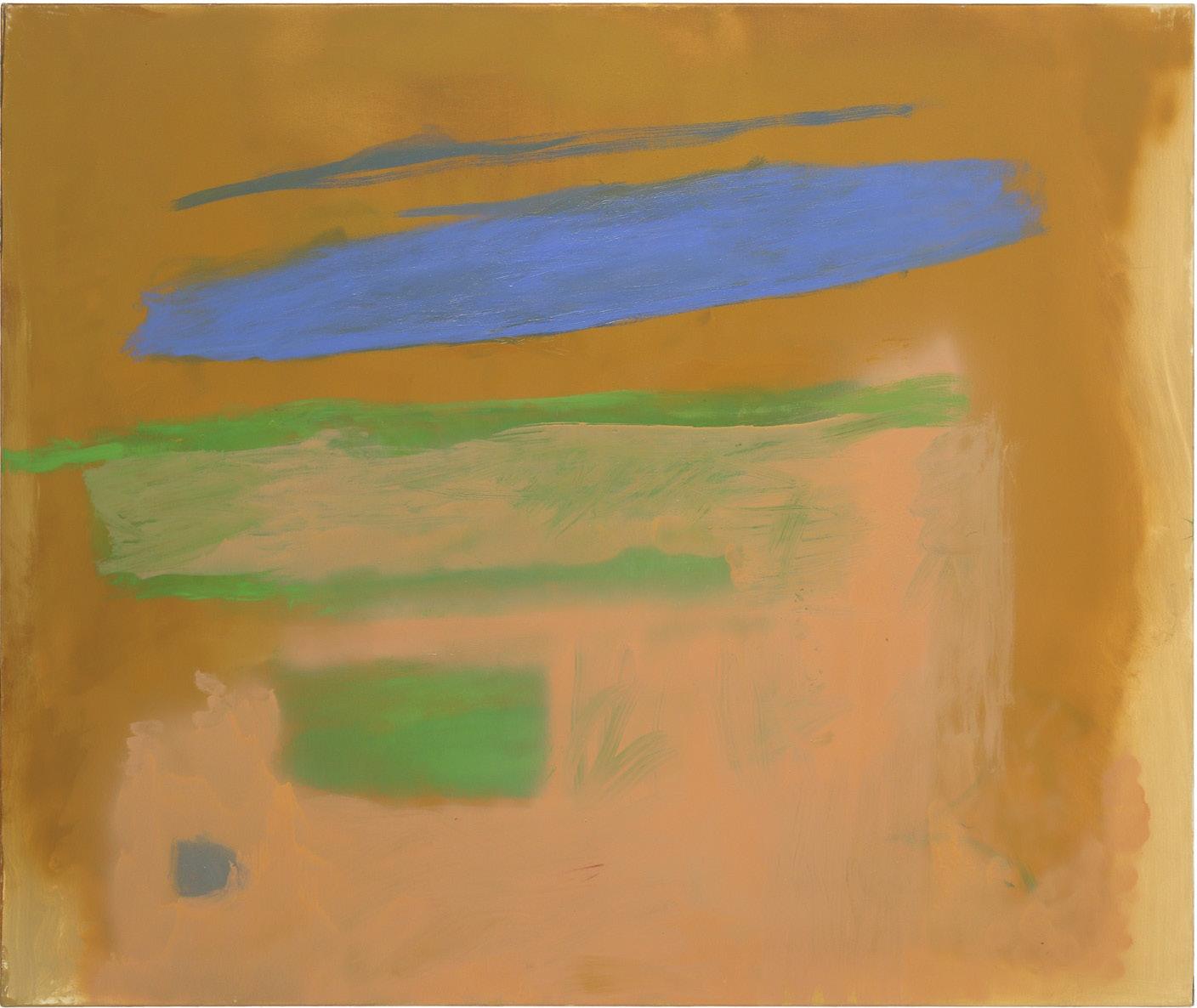
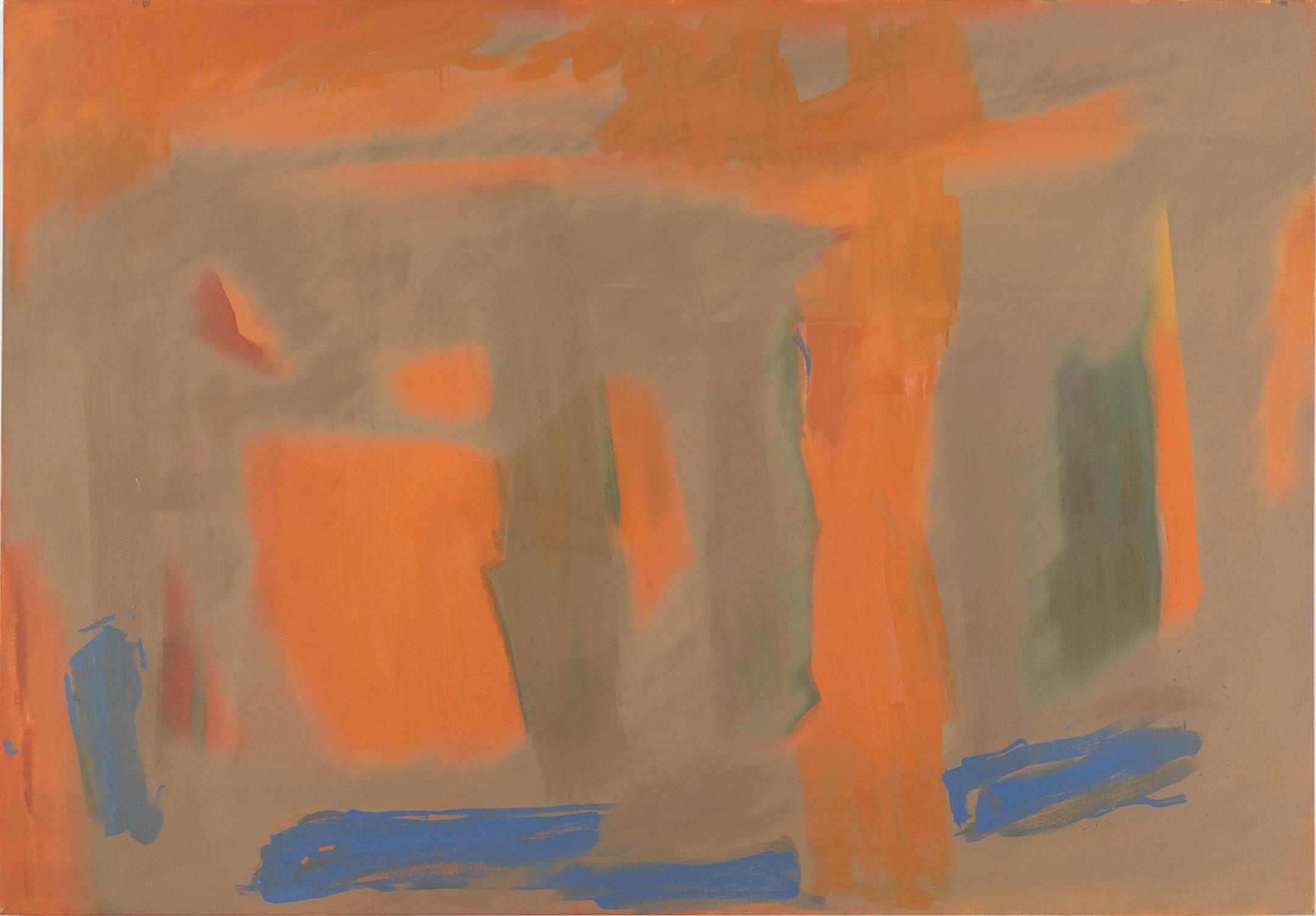
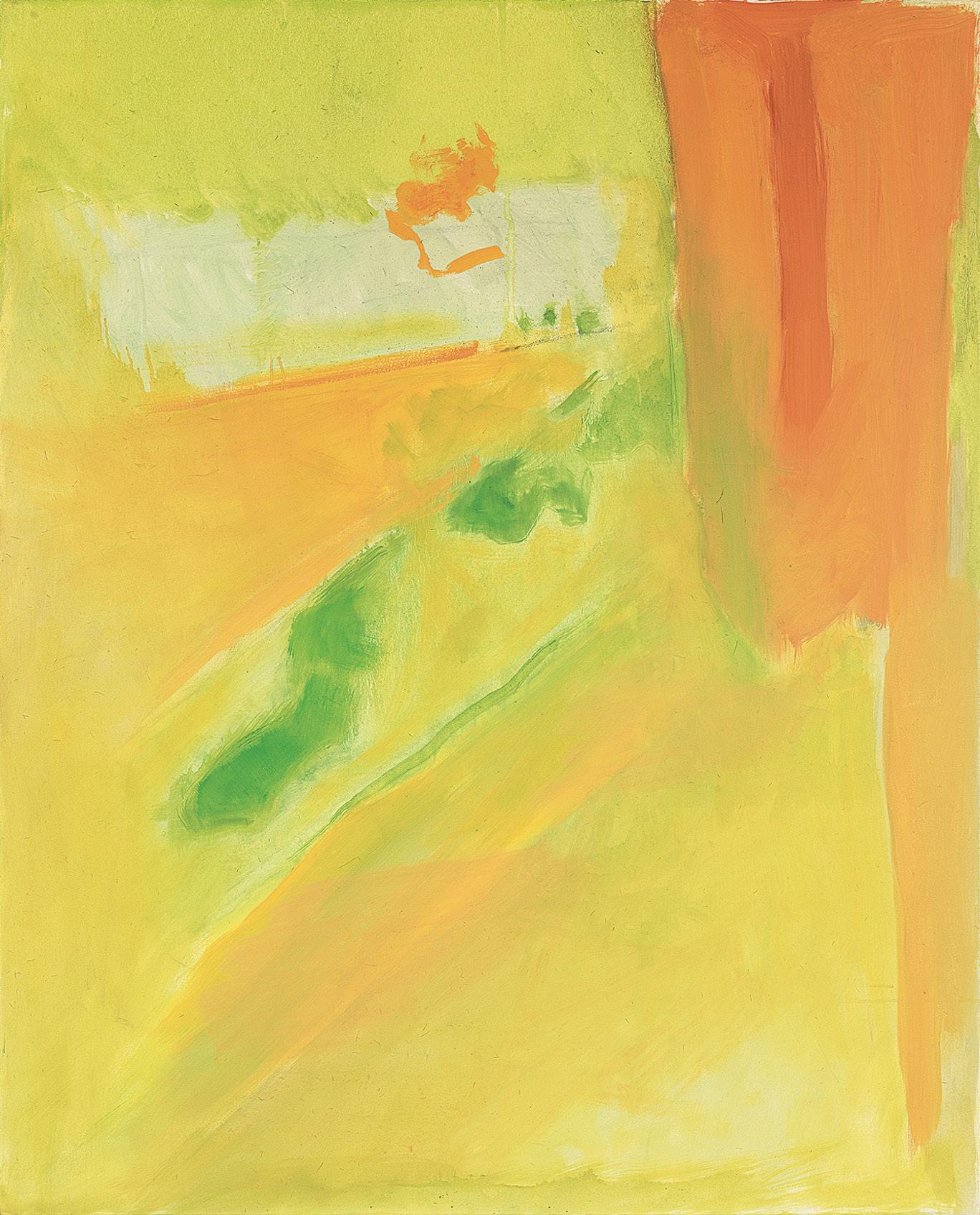
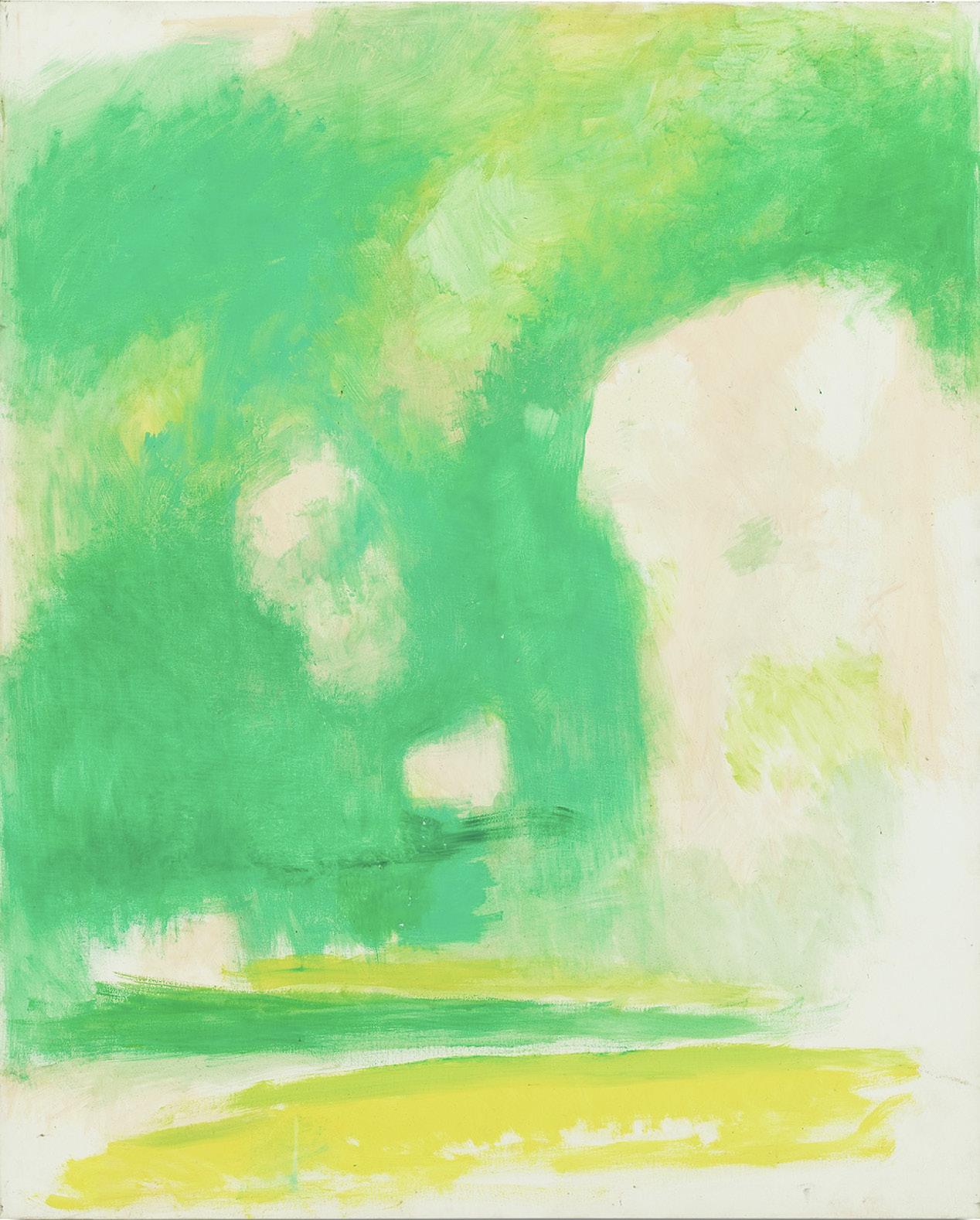
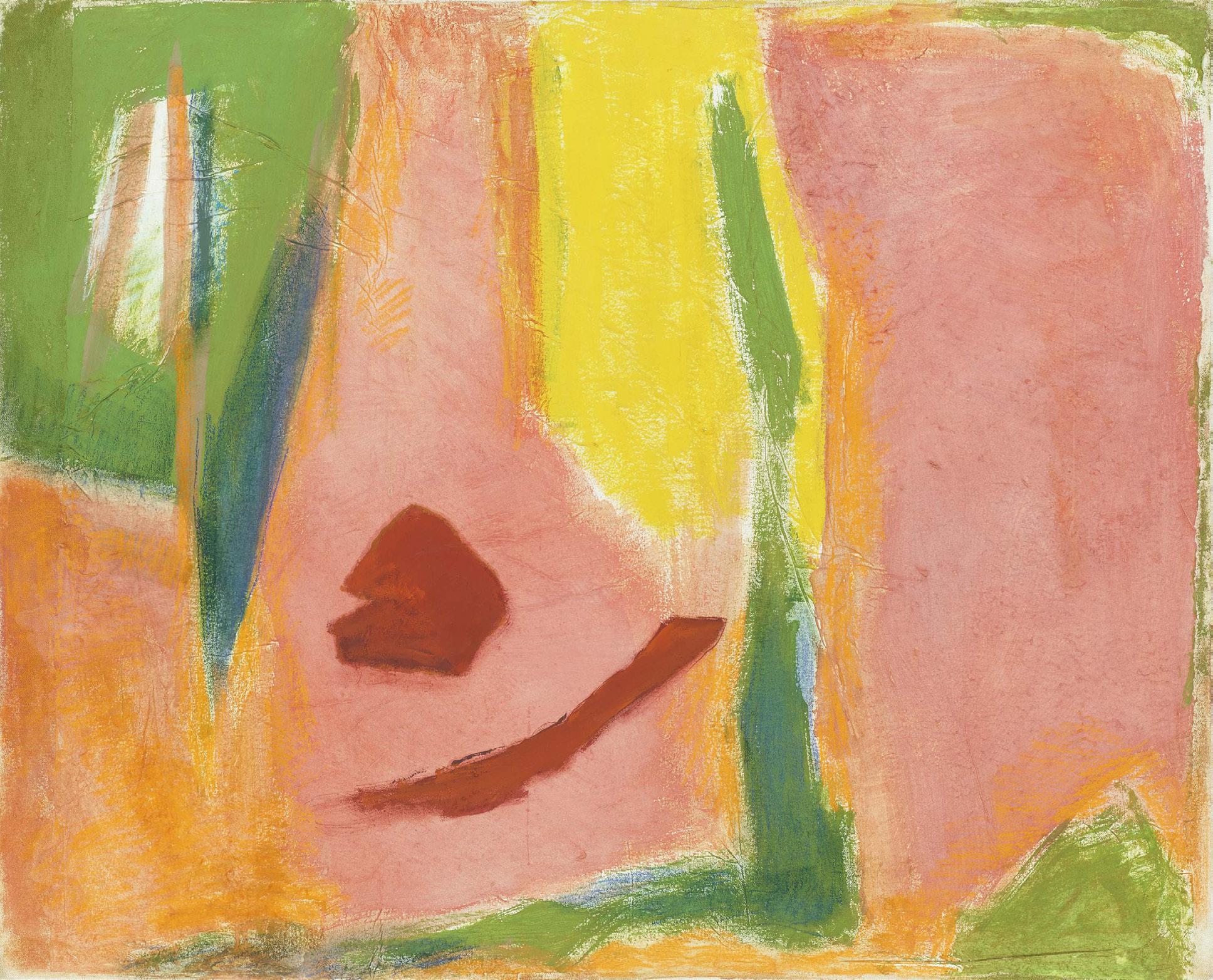

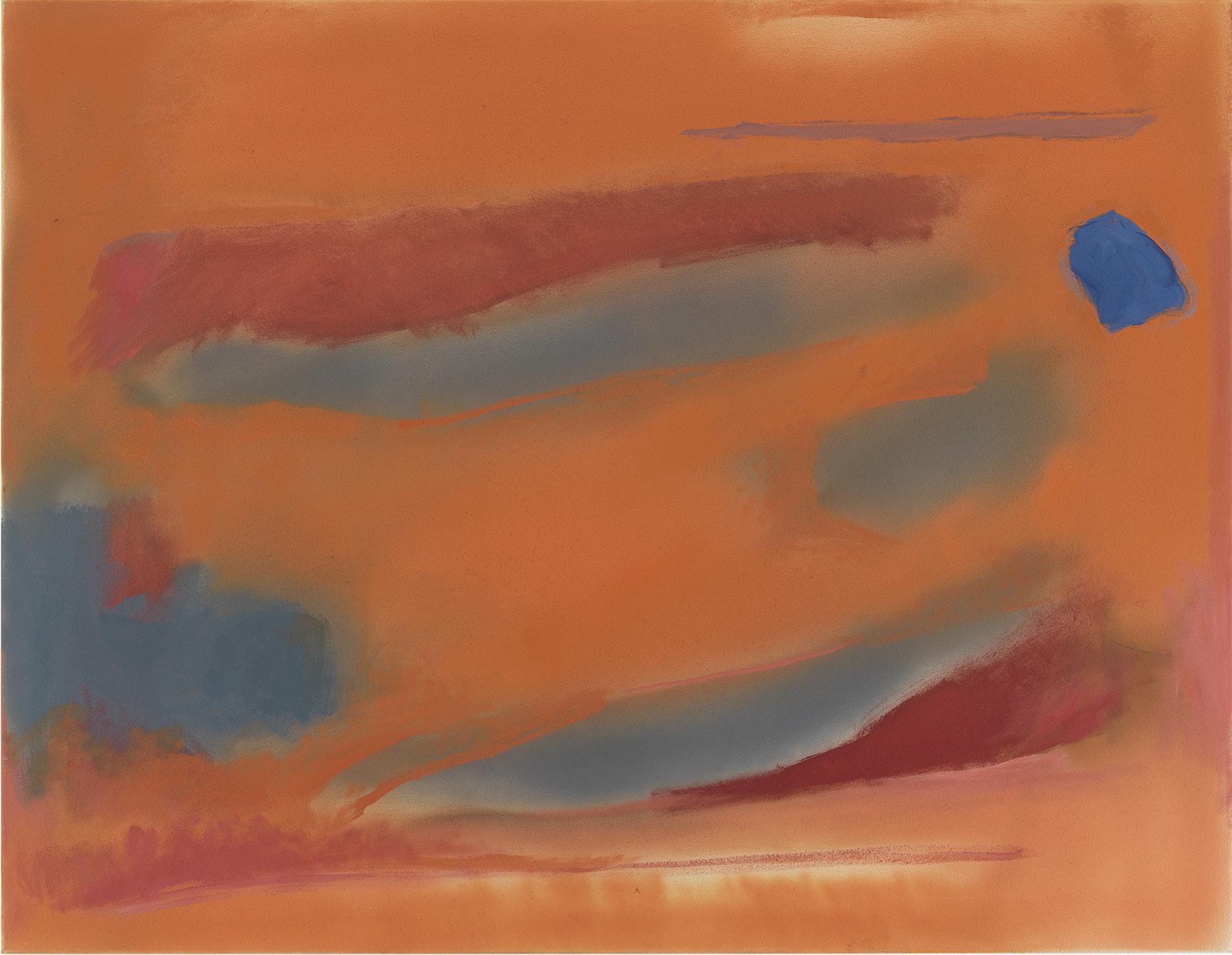



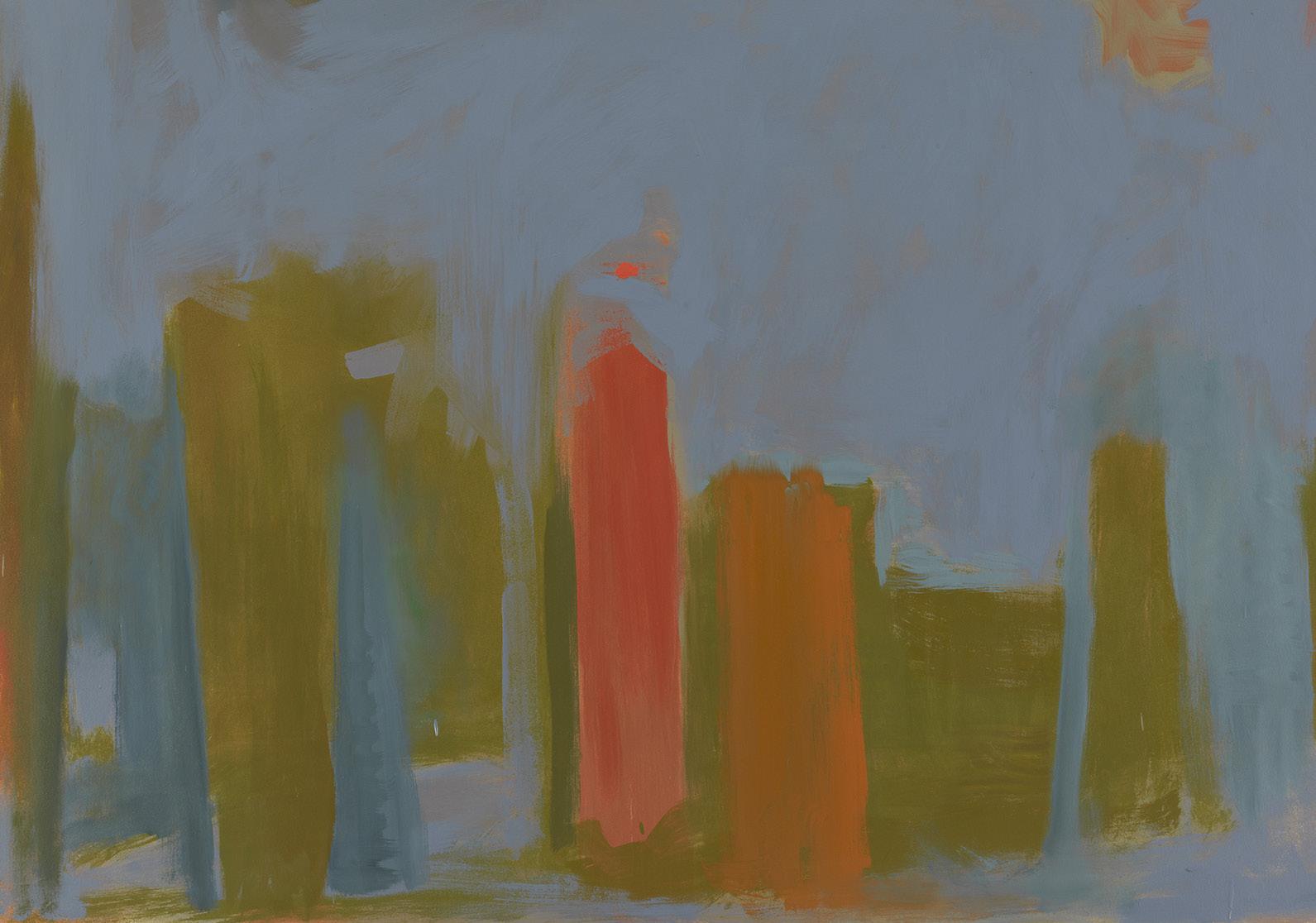

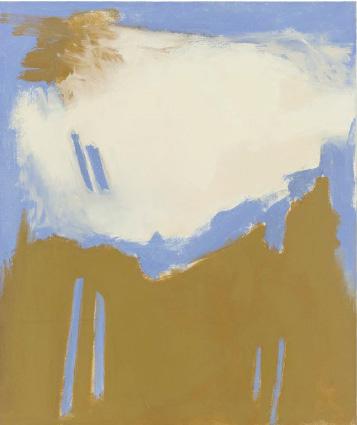
Albright-Knox Art Gallery, Buffalo, NY
Allen Memorial Art Museum, Oberlin College, Oberlin, OH
American Academy and Institute of Arts and Letters, New York, NY
Art Institute of Chicago, Chicago, IL
Baltimore Museum of Art, Baltimore, MD
Berkeley Art Museum and Pacific Film Archive, University of California, Berkeley, Berkeley, CA
Blanton Museum of Art, University of Texas, Austin, TX
Broad Art Center, University of California, Los Angeles, CA
Broad Art Museum, Michigan State University, East Lansing, MI
Brooklyn Museum, Brooklyn, NY
Brunnier Art Museum, Iowa State University, Ames, IA
Butler Institute of American Art, Youngstown, OH
Carl Van Vechten Museum, Fisk University, Nashville, TN
Corcoran Gallery of Art, Washington, D.C.
Dallas Museum of Art, Dallas, TX
Delaware Art Museum, Wilmington, DE
Detroit Intitute of Arts, Detroit, MI
Eli and Edythe Broad Art Museum at Michigan State University, East Lansing, MI
Fogg Art Museum, Harvard University, Cambridge, MA
Grey Art Gallery, New York University, New York, NY
Guild Hall, East Hampton, NY
Herbert F. Johnson Museum of Art, Cornell University, Ithaca, NY
Hirshhorn Museum and Sculpture Garden, Smithsonian Institution, Washington, D.C.
Honolulu Academy of Arts, Honolulu, HI
Hood Museum of Art, Dartmouth College, Hanover, NH
Housatonic Community College, Bridgeport, CT
Hudson River Museum, Yonkers, NY
Institut Valenciá d’Art Moderne, Centre Julio González, Valencia, Spain
Los Angeles County Museum of Art, Los Angeles, CA
Memorial Art Gallery, University of Rochester, Rochester, NY
Metropolitan Museum of Art, New York, NY
Museo Colecciones del Instituto de Crédito Oficial, Madrid, Spain
Museo de Arte Contemporáneo Esteban Vicente, Segovia, Spain
Museo de Bellas Artes de Bilbao, Bilbao, Spain
Museo Nacional Centro de Arte Reina Sofía, Madrid, Spain
Museo Patio Herreriano de Arte Contemporáneo
Español, Valladolid, Spain
Museum of Contemporary Art, Chicago, IL
Museum of Fine Arts, Boston, MA
Museum of Modern Art, New York, NY
National Academy Museum and School, New York, NY
National Gallery of Australia, Canberra, Australia
Nelson Atkins Museum of Art, Kansas City, MO
Neuberger Museum of Art, State University of New
York, Purchase, NY
Newark Museum, Newark, NJ
New Jersey State Museum, Trenton, NJ
Palm Springs Art Museum, Palm Springs, CA
Parrish Art Museum, Water Mill, NY
Patrimonio Nacional, Madrid, Spain
Princeton University Art Museum, Princeton, NJ
Rose Art Museum, Brandeis University, Waltham, MA
San Francisco Museum of Modern Art, San Francisco, CA
Smith College Museum of Art, Northampton, MA
Smithsonian American Art Museum, Washington, D.C.
Solomon R. Guggenheim Museum, New York, NY
Syracuse University Art Galleries, Syracuse, NY
Tucson Museum of Art, Tucson, AZ
University of New Mexico Art Museum, Albuquerque, NM
Wadsworth Atheneum Museum of Art, Hartford, CT
Walker Art Center, Minneapolis, MN
Weatherspoon Art Museum, University of North Carolina, Greensboro, NC
Whitney Museum of American Art, New York, NY
Williams College Museum of Art, Williamstown, MA
Worcester Art Museum, Worcester, MA
Yale University Art Gallery, New Haven, CT
62 SOUTH GLENWOOD STREET
JACKSON HOLE, WYOMING
TEL 307 733 0555
TAYLOEPIGGOTTGALLERY.COM
